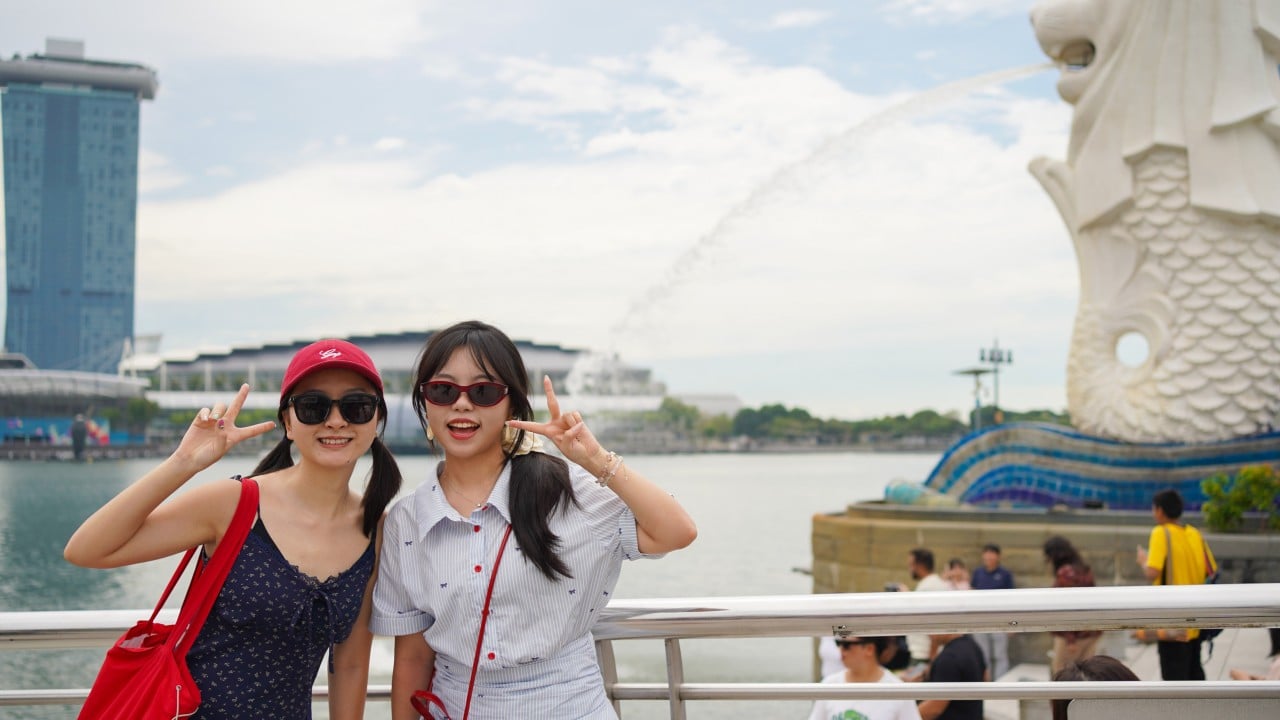
“I was so shocked when a 10-minute taxi ride cost more than 100 yuan, because it would cost less than 20 yuan back home,” said the 32-year-old from Harbin in China’s northeast. “I knew that Singapore has a high cost of living, but it’s a different matter to experience it.”
I knew that Singapore has a high cost of living, but it’s a different matter to experience it
More than 3 million mainland Chinese visited Singapore in 2024 – a 126 per cent year-on-year increase – accounting for nearly one in five of all arrivals to the city state. Another 2.5 million made the trip in the first nine months of this year alone.
Observers say the surge has been fuelled by the visa-waiver agreement, pent-up post-pandemic demand and the rise of da ka tourism – a travel trend among young Chinese who seek photogenic, social media-ready experiences.
But the city state’s steep prices have become a lightning rod for debate among the younger, budget-conscious, first-time visitors now flocking there. Industry insiders attribute this partly to the Singapore dollar’s appreciation against the yuan and the shift in tourist demographics, among other factors.


